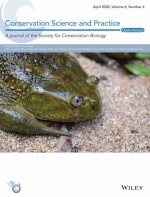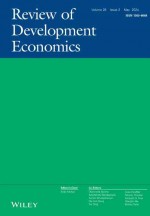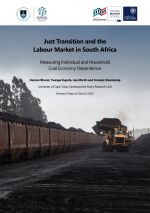Biological Conservation
Seth Thomas, Vincent van der Merwe, William Douglas Carvalho, Cristina Harumi Adania, Rok Černe, Tomislav Gomerčić, Miha Krofel, Jeffrey Thompson, Roy T. McBride, Jose Hernandez-Blanco, Anna Yachmennikova, David W. Macdonald, Mohammad S. Farhadinia, Evaluating the performance of conservation translocations in large carnivores across the world, Biological Conservation, Volume 279, 2023, 109909, ISSN 0006-3207, https://doi.org/10.1016/j.biocon.2023.109909. (https://www.sciencedirect.com/science/article/pii/S0006320723000095)
ViewGlobally, fragmented landscapes and other anthropogenic pressures are causing declines in large carnivore populations. Conservation organizations are working to counteract these trends through the translocations of large carnivores, for example by reintroducing them to their historic ranges or by reinforcing existing populations to promote gene flow and resilience. This study analyses a dataset gathered from 33 translocation projects involving 297 individual animals across 22 countries in five continents, with 18 different large carnivore (>15 kg) species surveyed. An overall success rate (survival > six months) of 66 % for all individuals was shown for large carnivores, indicating an above average success rate when compared to the translocation of other terrestrial vertebrates. While captive-born individuals still fared worse than wild-born individuals, a 32 % increase in success rates was observed for releases of captive-born individuals within the last 14 years compared to a 17 % increase in success for releases of wild-born individuals. Despite the encouraging trends in metrics of success, only 37 % of study individuals were observed engaging in reproductive behavior. While this is likely an under-count, we caution against the conflation of translocation success with population establishment. We also identified key choices in the decision tree facing those implementing translocations, and analyzed associated metrics of success. Critical decisions include whether or not to use soft-releases, choosing younger animals, selecting unfenced release locations, and sourcing wild-born individuals – all of which can lead to a higher likelihood of success. As the UN Decade of Ecosystem Restoration gets underway, we hope this information can assist decision makers and practitioners in achieving more desirable outcomes for conservation translocation of large carnivores.




